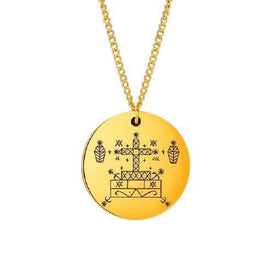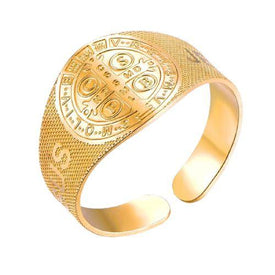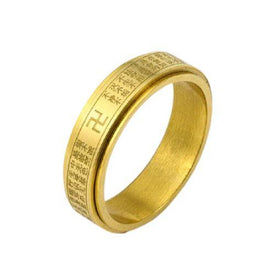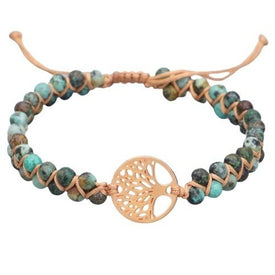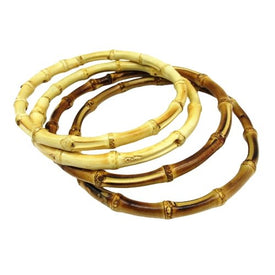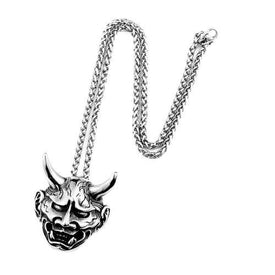Spanish Bull Statuette
- Regular price
- €14,90
- Sale price
- €14,90
- Unit price
- per

Secure payment

French store

Easy return

Free delivery
The Spanish bull is the symbol of an entire country and of some of the most beautiful moral values that animate it.
- The bull is an animal fierce, strong and independent
- Small statuette ideal for decorating a desk or fireplace
- Associated with bullfighting and the culture surrounding this tradition
- Material: brass
- Size: 2 x 3.6 cm
- Refund ALWAYS possible (see our returns policy)
- FREE STANDARD DELIVERY
Why is the bull seen as a Spanish lucky charm?
In fact, it's just two words: bullfighter and bullfight.
The “toro” is a Spanish good luck charm that many instantly recognize.
From the San Fermin festival and races, immortalized by Ernest Hemingway in “ The Sun Also Rises ”, paintings by Goya, through the advertising posters of the Osborne wine group or the numerous bullrings that dot the country, the bull is everywhere.
In reality, all of this is directly or indirectly linked to the practice of bullfighting (or corrida in Spanish). A barbaric practice for some, aficionados see it more as a form of art that is part of Spanish history and culture.
Many supporters of bullfighting therefore consider it as a form of aestheticism based on the relationship between man and animal. Rather than a competitive sport, bullfighting is seen as a ritual during which art and age-old customs combine, a demonstration of style, technique and courage by a bullfighter who dares to confront a fiery animal capable of skewer at the slightest false movement.
Thus, the bull is not considered a victim but rather a worthy adversary, who deserves respect for his strength and tenacity.
You should also know that bullfighting has its roots in the first people who inhabited Spain. The first traces of a confrontation between man and bull are found in the Iberian tombstone of Clunia and in the cave painting “El toro de hachos”, both found in Spain.
Thus, this statuette of a Spanish bull represents an animal intrinsically linked to Hispanic culture, both yesterday and today.
What delivery costs do I have to pay?
We have decided to cover the delivery costs. Concretely, except in certain special cases (notably for overseas regions), you will not have to pay anything . No fees, no additional costs.
What delivery time should I expect?
This may necessarily vary for each order. However, we undertake to finalize and send you the shipment within 48 hours of your order.
In any case, you will be entitled to request a full refund of your order if it has not reached you within 2 months. (Don't worry, this is just a deadline and not a forecast!)
Do you provide tracking numbers?
Of course ! We will also add it to the status of your order as soon as the transport companies send them to us.
As we are committed to guaranteeing you maximum satisfaction, it is always possible to contact us via the address contact@la-porte-du-bonheur.com or our contact form.
I have other questions. Can I call you ?
Once again, it is easy to contact us by email at contact@la-porte-du-bonheur.com or via our contact form.
So don't hesitate to ask us any questions about our products, our blog articles or our project in general. We will be happy to respond to you as quickly as possible.
As a newly translated French store, most of our product reviews are written in French. We've decided not to translate them, in order to stay true to what our customers think of us.












